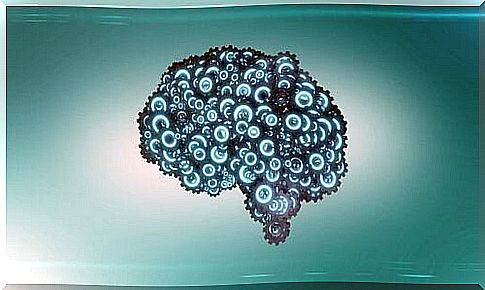What Types Of Exercise Are Best For The Brain?

Different types of exercise are not only extremely positive for the health of our hearts, it is also good for the brain. It’s not just a way to keep us in good shape or improve our mood. It is also a completely natural way to improve memory and protect the brain from the cognitive decline associated with old age.
However, not all types of exercise are equally beneficial for the brain. In this article, we will look at exactly what type of exercise is better for the brain, according to the results of the latest scientific studies.
Much recent research suggests that any type of exercise that increases heart rate and causes us to move and sweat over a longer period of time (ie aerobic exercise) has a significant and very beneficial effect on the brain.
In general, exercise changes the structure and function of the brain. Studies done on both animals and humans have shown that physical activity generally increases brain volume. It can reduce the number and size of age-related problems in the white and gray matter of the brain. In addition, exercise increases neurogenesis in adults, as well as the creation of new neurons in an already mature brain.

Aerobic types of exercise, the key to a healthy brain
We can already, after only a few minutes after the training has begun, enjoy some of the benefits of training. Other benefits, such as improved memory, may take several weeks before appearing. This means that the best type of physical conditioning for the brain is any type of aerobic exercise that can be performed regularly and consistently for at least 45 minutes.
A study in people with major depression found that just a 30-minute walk on a treadmill for 10 consecutive days was sufficient to produce a clinically relevant and statistically significant reduction in depressive symptoms.
Aerobic exercise can also help people who do not suffer from clinical depression to feel less stressed. What happens is that the levels of the body’s natural stress hormones, such as adrenaline and cortisol, drop. This is all according to a recent study in the Journal of Physical Therapy Science .
On the other hand, a study published in the British Journal suggests that the best results for people over 50 come from a combination of aerobic and resistance exercises. These combinations can range from high-intensity interval training to dynamic yoga streams . These are mixed in with strength training (with weight or body weight) or dance movements.
Another study supports the research mentioned above. This study showed that adults aged 60 to 88, who walked for 30 minutes, four days a week for 12 weeks, appeared to improve synaptic activity in areas of the brain that are related to memory and that are sensitive to deterioration over the years.
After training, we think better
Researchers are still unsure why exercise, especially aerobic exercise, appears to improve brain function. In fact, studies suggest that it has to do with the increase in blood flow. This in turn gives the brain energy and oxygen. But that is not the only explanation.
In fact, we can all experience (and many of us have already) the effects that going for a walk or doing some exercise has on our minds. A walk, or some other form of exercise, makes us feel clearer, more present.

This feeling is not just our imagination. Research suggests that we think and learn better when we walk or do different types of exercise. Research shows that when we exercise, blood pressure and blood flow increase throughout the body, including the brain. This will lead to more energy and oxygen, which in turn enables our brain to work more efficiently.
Another explanation for why exercising increases our mental abilities has to do with the hippocampus. This part of the brain is important for learning and memory, and it is very active during exercise. When the neurons in this area accelerate, it improves our cognitive function.
In this context, a study of older women who showed potential symptoms of dementia showed that aerobic exercise increased the size of the hippocampus. According to the researchers, this study suggests that all people over the age of 50 and who are in good general health should do 45 minutes of aerobic exercise 4-5 days a week, whenever possible.








